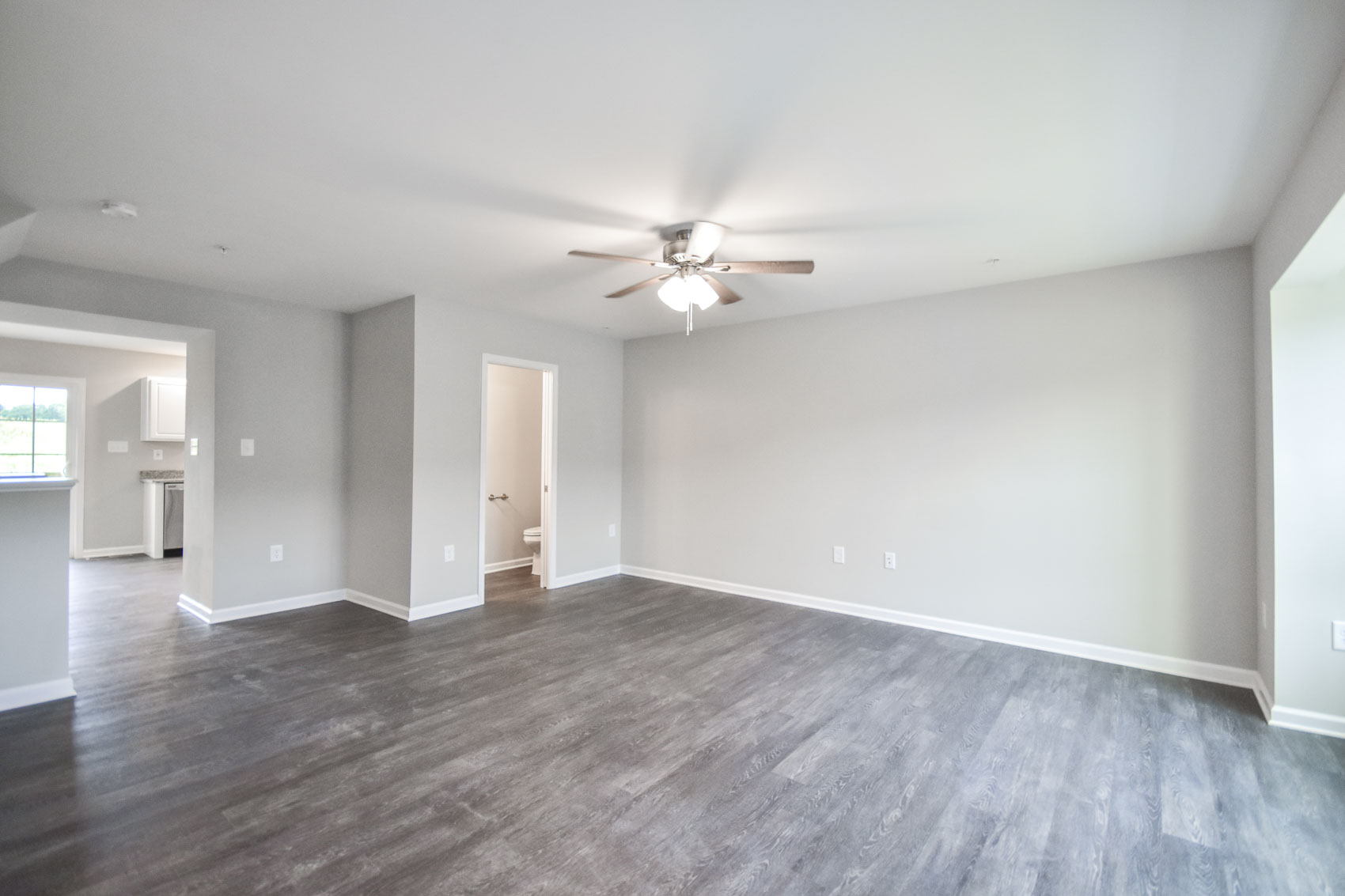

Articles
What Is An English Basement
Modified: May 6, 2024
Discover what an English basement is and how it can enhance your home. Explore our informative articles for insights and inspiration.
(Many of the links in this article redirect to a specific reviewed product. Your purchase of these products through affiliate links helps to generate commission for Storables.com, at no extra cost. Learn more)
Introduction
An English basement is a unique architectural feature commonly found in urban homes, particularly in cities like London and Washington, D.C. Despite its name, an English basement has nothing to do with England or being below ground level. Instead, it refers to a specific type of living space that is partially below street level but still has windows and access to natural light.
English basements have gained popularity over the years due to their affordability and versatility. These spaces offer an alternative living arrangement that combines the advantages of a basement with the comfort and functionality of a regular apartment, making them an attractive option for both homeowners and renters.
In this article, we will delve deeper into the concept of an English basement, exploring its features, history, benefits, challenges, popular uses, and the process of renovating one. By the end, you will have a comprehensive understanding of what an English basement is and why it is a sought-after living space in many urban areas.
Key Takeaways:
- English basements offer a unique living space with natural light, flexible layouts, and affordability, making them an attractive option for homeowners and renters seeking a comfortable urban lifestyle.
- Renovating an English basement requires careful planning to address challenges such as limited natural light and potential moisture concerns, while maximizing the space’s potential for various uses like rental units, in-law suites, or home offices.
Read more: What Is Carom Seeds In English
Definition of an English Basement
An English basement is a unique type of living space that is partially below street level but still has windows and access to natural light. It is typically found in urban areas, particularly in cities with row houses or townhouses. The term “English basement” is believed to have originated in the United States, specifically in Washington, D.C., where this style of basement became popular in the late 19th century.
Unlike traditional basements that are completely underground and used primarily for storage or mechanical purposes, English basements are integrated into the overall living space of a home. They are typically located at the back or front of the house and are accessible through a separate entrance, often leading to a private outdoor area.
One of the distinguishing features of an English basement is the provision of windows that are at or slightly above ground level. This allows natural light to enter the space and creates a more open and welcoming atmosphere compared to traditional basements. These windows are often referred to as “areaway windows” or “window wells” and are designed to provide both ventilation and emergency egress.
In terms of layout, English basements typically include a combination of living spaces such as bedrooms, bathrooms, kitchens, and living rooms. Some English basements may even have separate entrances, making them ideal for rental units or in-law suites.
It’s important to note that not all basements located below street level are considered English basements. In order to be classified as an English basement, the space must have functional windows and meet certain structural and building code requirements. This distinction is what sets an English basement apart from a regular basement or cellar.
Features of an English Basement
An English basement is characterized by several unique features that set it apart from traditional basements or living spaces. These features contribute to the appeal and functionality of an English basement, making it a desirable choice for many homeowners and renters. Let’s explore some of the key features:
- Natural Light: One of the defining features of an English basement is the presence of windows at or slightly above ground level. These windows allow ample natural light to enter the space, making it feel more like a regular living area rather than a basement. The natural light is not only beneficial for aesthetics but also promotes a healthier and more comfortable living environment.
- Separate Entrance: English basements typically have their own separate entrance, providing privacy and independence from the rest of the house. This makes them ideal for rental units, in-law suites, or additional living spaces for guests. Having a separate entrance also allows for convenient access to the outdoors, creating a seamless transition between indoor and outdoor living.
- Flexible Layout: English basements often have a flexible layout that can be customized to suit various needs. They typically include a combination of living spaces such as bedrooms, bathrooms, kitchens, and living rooms. This versatility makes English basements well-suited for a wide range of uses, whether it be as a self-contained apartment, home office, media room, or recreational space.
- Outdoor Space: Many English basements come with access to private outdoor areas, such as a patio, garden, or courtyard. This allows residents to enjoy outdoor living and adds an extra dimension to the overall living experience. Having an outdoor space can be particularly valuable for those living in urban areas where outdoor areas may be limited.
- Affordability: English basements often offer a more affordable housing option compared to above-ground apartments or houses. This is especially true in areas with high property prices, where renting or purchasing an English basement can provide a more budget-friendly alternative without compromising on comfort or convenience.
These features make English basements distinct and highly desirable for individuals seeking a unique living space that combines the benefits of a basement with the comfort and functionality of a regular apartment. Whether you’re a homeowner looking to maximize your space or a renter in search of an affordable, well-designed living arrangement, an English basement might be the perfect solution.
History of English Basements
The history of English basements can be traced back to the late 19th century, primarily in cities like Washington, D.C. and London. The term “English basement” is believed to have originated in the United States, specifically in Washington, D.C., where this style of basement became popular in row houses and townhouses.
During this time, cities were experiencing rapid urbanization, and there was a need for additional living spaces to accommodate the growing population. Traditional basements, which were mostly used for storage or mechanical purposes, did not provide the desired living conditions. This led to the development of the English basement concept, which allowed for partially below-ground living spaces that still had access to natural light and ventilation.
The design of English basements was influenced by the architectural styles of the time, including Georgian and Victorian architecture. These basements were often located at the front or back of the house, with a separate entrance that led to the street or a private outdoor area. The use of “areaway windows” or “window wells” allowed light to enter the space and added a touch of elegance to the overall design.
English basements quickly became popular among urban dwellers. They offered a unique living arrangement that combined the affordability of a basement with the comfort and functionality of a regular apartment. The flexible layout of English basements allowed for various uses, from additional living space to independent rental units or in-law suites.
In London, the concept of English basements evolved slightly differently. The term “English basement” refers to lower-level flats or apartments with separate entrances and access to a shared garden or communal outdoor space. These basements have become sought-after properties in London’s housing market, offering a more affordable and alternative living option in the city.
Today, English basements continue to be popular in urban areas, both for homeowners seeking extra space and for renters looking for affordable housing options. The versatility and unique features of English basements make them an attractive choice for a wide range of individuals, from families to young professionals and empty-nesters.
The history of the English basement is a testament to the innovation and adaptability of architectural designs. It offers a creative solution to space constraints in urban areas, providing a functional and comfortable living space that seamlessly integrates with the surrounding environment.
Benefits of Living in an English Basement
Living in an English basement offers several advantages that make it an appealing choice for many homeowners and renters. From affordability to unique features, let’s explore the benefits of living in an English basement:
- Affordability: One of the key benefits of living in an English basement is affordability. English basements often offer a more budget-friendly housing option compared to above-ground apartments or houses in the same area. This makes them particularly attractive for individuals or families looking for more affordable living arrangements without sacrificing comfort or convenience.
- Natural Light: Despite being partially below street level, English basements are designed to have windows that allow natural light to enter the space. This creates a bright and welcoming atmosphere, making the basement feel more like a regular living area rather than a dark and dingy space. The natural light not only enhances the aesthetics but also has a positive impact on mood and overall well-being.
- Privacy and Independence: English basements often have their own separate entrance, providing residents with privacy and independence from the rest of the house. This is particularly beneficial for those living in multi-generational households or for individuals seeking rental income by turning the English basement into a self-contained unit. Having a separate entrance also allows for easy access to the outdoors, creating a sense of freedom and a seamless transition between indoor and outdoor living.
- Flexibility: English basements often have a flexible layout that can be customized to suit various needs. Whether you’re looking for extra bedrooms, a home office, a media room, or a recreational space, an English basement can be easily adapted to fulfill your specific requirements. The versatility of these basements makes them ideal for growing families, individuals working from home, or those who simply desire additional living space.
- Outdoor Living: Many English basements come with access to private outdoor areas, such as a patio, garden, or courtyard. This allows residents to enjoy outdoor living and expand their living space beyond the basement walls. Having an outdoor space is particularly valuable in urban areas where access to outdoor areas may be limited. It provides an opportunity to have a small garden, outdoor seating, or a space to entertain guests.
- Location: English basements are often located in urban areas, close to amenities, transportation, and the vibrant heartbeat of the city. This makes them convenient for individuals or families who want to be within easy reach of schools, shops, restaurants, and entertainment options. The central location of English basements allows for a convenient and fulfilling urban lifestyle.
Living in an English basement offers a unique and affordable housing option with natural light, privacy, flexibility, outdoor living, and a central location. Whether you’re a homeowner seeking to maximize your living space or a renter looking for a comfortable and convenient place to call home, an English basement could be the perfect choice.
An English basement is a type of apartment or living space that is partially below ground level, with windows that are at or above street level. It is a common feature in older homes in cities like Washington, D.C. and New York City.
Read more: What Is A Basement
Challenges of Living in an English Basement
While there are numerous benefits to living in an English basement, it’s important to be aware of the potential challenges that come with this unique living arrangement. Here are some of the challenges you may encounter when living in an English basement:
- Limited Natural Light: Despite the presence of windows, English basements are still partially below street level, which means that natural light can be limited compared to above-ground living spaces. This may result in a darker ambiance, especially in areas where there are obstructions or limited exposure to sunlight. However, with the right lighting design and strategic placement of mirrors, you can mitigate this challenge and create a well-lit and inviting living space.
- Maintenance and Moisture Concerns: Due to their below-ground location, English basements are more susceptible to moisture issues compared to above-ground areas of a home. Proper drainage systems, regular maintenance, and moisture prevention techniques, such as insulating walls and using dehumidifiers, are crucial in order to avoid potential dampness or mold problems.
- Potential Noise and Privacy: Depending on the construction and insulation of the English basement, noise from the street or neighboring units may be more noticeable compared to above-ground living spaces. Additionally, privacy can be a concern if windows or outdoor areas face directly onto a busy street or are overlooked by adjacent properties. Addressing these concerns with soundproofing measures and privacy-enhancing window treatments can help mitigate these issues.
- Limited Outdoor Views: While English basements often come with access to outdoor areas, it’s important to note that the views from these spaces may be limited, especially if there are high walls or obstructions. The visual aesthetic of an English basement may differ from above-ground living spaces that offer unobstructed views of the surrounding environment. However, creative landscaping or the addition of greenery can help enhance the outdoor experience and create a pleasant atmosphere.
- Layout and Flexibility: While the flexible layout of an English basement is a benefit, it can also present challenges in terms of space planning and functionality. The partially below-ground nature of the basement may result in odd angles, low ceilings, or unconventional room shapes, which can make furniture placement and interior design more challenging. Careful consideration and creative solutions may be needed to maximize the available space and ensure optimal functionality.
Being aware of these challenges and taking proactive steps to address them can help make living in an English basement a more enjoyable experience. With proper maintenance, attention to design, and thoughtful use of space, you can overcome these challenges and create a comfortable and inviting living environment.
Popular Uses of English Basements
The versatile nature of English basements allows for a wide range of uses, making them popular among homeowners and renters alike. Here are some of the most common and popular uses of English basements:
- Rental Units: English basements are often converted into separate rental units or apartments. With their own private entrance and amenities, these basement units provide an attractive rental option for tenants seeking affordable housing in desirable urban areas. Many homeowners find that converting their English basements into rental units can provide a steady source of income and help offset mortgage costs.
- In-Law Suites: Another popular use for English basements is creating an in-law suite. These self-contained living spaces offer privacy and independence while allowing elderly parents or extended family members to be close by. In-law suites often include a bedroom, bathroom, kitchenette, and living area, providing a comfortable and convenient living arrangement for everyone.
- Home Offices: With the rise of remote work and the need for dedicated workspaces, many homeowners choose to transform their English basements into home offices. The separate entrance and quiet environment of the basement make it an ideal space for concentration and productivity. Home offices in English basements can be designed with ample storage, ergonomic furniture, and sufficient natural light to create a productive and efficient work environment.
- Entertainment and Media Rooms: English basements can also be converted into entertainment or media rooms, offering a space dedicated to leisure activities. These basements can be soundproofed, equipped with audiovisual systems, comfortable seating, and gaming consoles, creating a perfect retreat for movie nights, gaming sessions, or hosting friends and family for gatherings. The partially below-ground location lends itself well to creating a cozy and immersive entertainment experience.
- Recreational Spaces: English basements make excellent spaces for recreational activities, such as gyms, art studios, or playrooms. The extra square footage and separate entrance allow for the installation of exercise equipment, art supplies, or children’s play areas without disrupting the main living space of the house. Families can create a dedicated area for physical fitness or artistic pursuits while keeping the rest of the home organized and clutter-free.
- Additional Bedrooms: English basements can be transformed into additional bedrooms to accommodate growing families or provide guest accommodations. With careful planning, amenities like windows, proper ventilation, and storage can be incorporated into the basement to ensure a comfortable and inviting space for sleeping and relaxation.
These popular uses demonstrate the versatility and adaptability of English basements. Whether you are looking to generate rental income, create a separate living space for family members, or enhance your lifestyle with dedicated spaces for work or leisure, an English basement offers endless possibilities for customization and utilization.
Renovating an English Basement
Renovating an English basement can transform it into a functional and inviting space that aligns with your specific needs and preferences. Whether you’re looking to convert it into a rental unit, home office, or recreational area, here are some key considerations to keep in mind when renovating an English basement:
- Planning and Design: Before starting any renovations, carefully consider your goals and how you intend to use the space. Determine the layout, amenities, and features that will best suit your needs. Consider factors such as plumbing, electrical wiring, and ventilation, and consult with professionals, if necessary, to ensure that your plans align with building codes and regulations.
- Lighting and Ventilation: Enhancing natural light and providing adequate ventilation are crucial for the comfort and livability of the renovated space. Consider adding larger windows or expanding existing ones to maximize natural light. Additionally, incorporate artificial lighting options to ensure sufficient illumination throughout the space, especially in areas with limited access to natural light.
- Soundproofing: English basements may be more susceptible to noise from the street or above-ground floors. To minimize sound transmission, consider incorporating soundproofing techniques such as installing acoustic insulation, using double-glazed windows, or adding rugs and curtains to absorb sound.
- Moisture Control: Addressing moisture concerns is essential when renovating an English basement. Use moisture-resistant materials for flooring and walls, and ensure proper waterproofing, drainage systems, and ventilation to prevent dampness and mold growth. Consider installing dehumidifiers or incorporating ventilation fans to maintain optimal air quality.
- Storage Solutions: Maximize the functionality of the renovated basement by incorporating ample storage solutions. Built-in shelving, closets, and under-stair storage can help keep the space organized and clutter-free. Consider customizing storage options to best utilize the unique features and dimensions of the English basement.
- Heating and Cooling: English basements may require additional heating and cooling solutions to ensure a comfortable and consistent temperature. Consider extending the existing HVAC system or installing separate heating and cooling units specifically for the basement. This will help maintain a desirable climate year-round, regardless of the weather conditions outside.
- Aesthetics and Finishes: Choose finishes and materials that not only align with your design preferences but are also practical for basement living. Opt for moisture-resistant flooring options like vinyl or tile and consider utilizing lighter colors to maximize the perception of space. Incorporating reflective surfaces, such as mirrors or glass, can also help amplify natural light and create a more open and airy feel.
When renovating an English basement, it’s important to strike a balance between functionality, aesthetics, and adherence to building codes. Consulting with professionals, such as architects, contractors, or interior designers, can provide valuable guidance and ensure a successful renovation project.
By carefully planning and considering the unique characteristics of the English basement, you can transform it into a beautiful and functional space that suits your specific needs and enhances your overall living experience.
Conclusion
English basements provide a unique and versatile living arrangement for homeowners and renters in urban areas. These partially below-street-level spaces offer a range of benefits, including affordability, natural light, privacy, flexibility, and access to outdoor areas. Despite these advantages, there are also challenges to consider, such as limited natural light, potential moisture concerns, noise from the street, and unconventional layouts.
However, with careful planning, thoughtful design, and proper renovations, the challenges of living in an English basement can be overcome. Soundproofing, moisture prevention measures, and strategic lighting can create a comfortable and inviting living space. Adapting the basement to suit various uses, such as rental units, in-law suites, home offices, or recreational spaces, further expands the potential of an English basement.
Renovating an English basement requires careful consideration of factors like lighting, ventilation, soundproofing, storage solutions, and aesthetics. Professional guidance may be beneficial to ensure compliance with building codes and regulations. With proper planning and execution, an English basement can be transformed into a functional, attractive, and valuable addition to any home.
Whether you are seeking an affordable housing option, additional income through rentals, or a dedicated workspace or recreational area, an English basement offers endless possibilities. The flexibility and adaptability of these spaces allow for creative customization to suit your unique needs and preferences.
In conclusion, English basements provide a creative solution to maximize living space in urban areas. With their distinctive features and potential uses, they have become a sought-after choice for homeowners and renters alike. By understanding and addressing the challenges and leveraging the benefits, an English basement can offer a comfortable and fulfilling living experience that seamlessly integrates with the surrounding environment.
Curious about different living spaces that maximize your home's footprint? If English basements piqued your interest, you'll certainly find a discussion on basement apartments equally intriguing. These unique living areas offer many practical benefits and can transform underused space into cozy, livable quarters. Whether you're considering a rental opportunity or need extra room for guests, understanding what a basement apartment involves could prove invaluable. Dive into our detailed article to see if this might be the right solution for your space needs.
Frequently Asked Questions about What Is An English Basement
Was this page helpful?
At Storables.com, we guarantee accurate and reliable information. Our content, validated by Expert Board Contributors, is crafted following stringent Editorial Policies. We're committed to providing you with well-researched, expert-backed insights for all your informational needs.
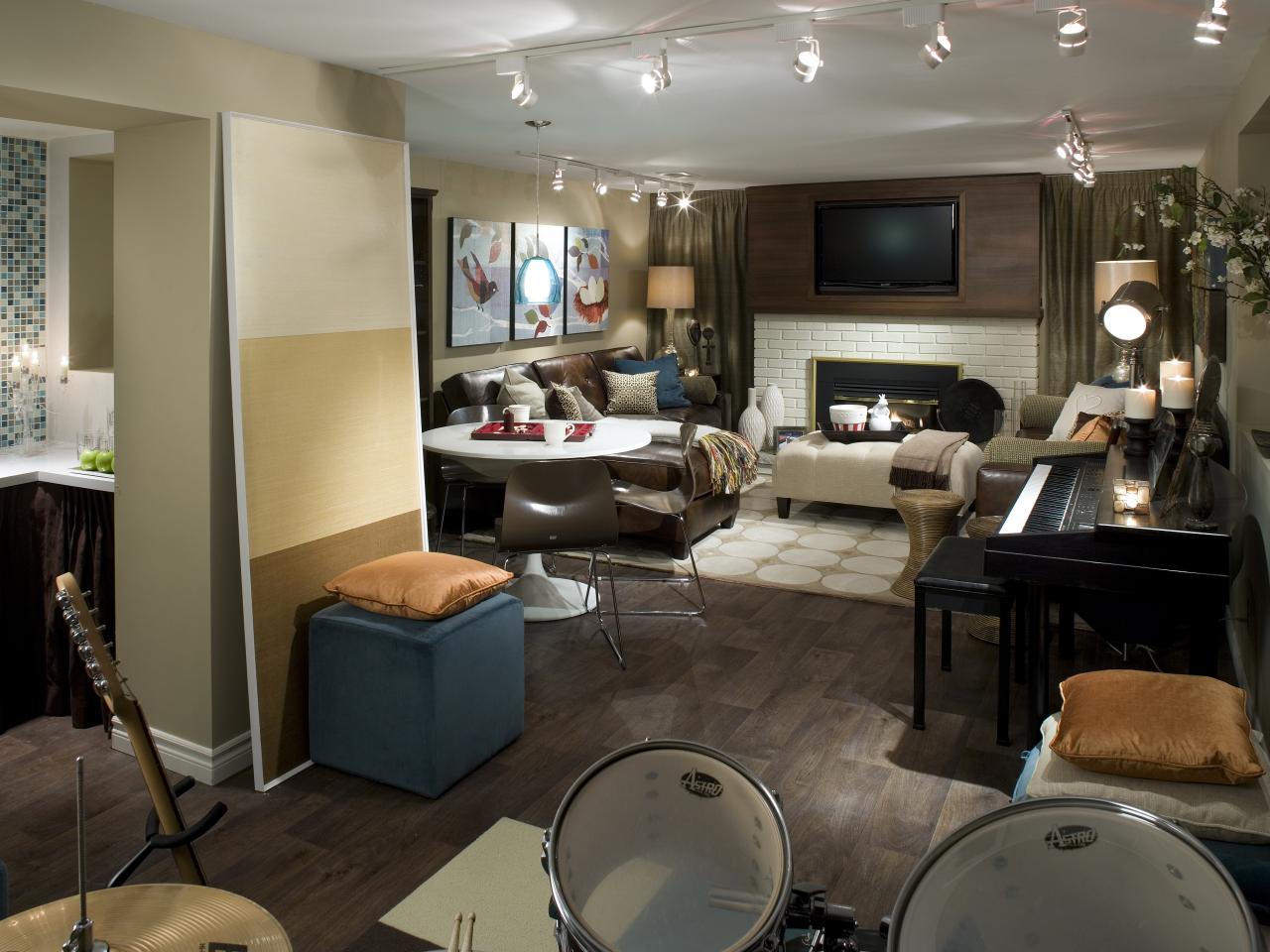

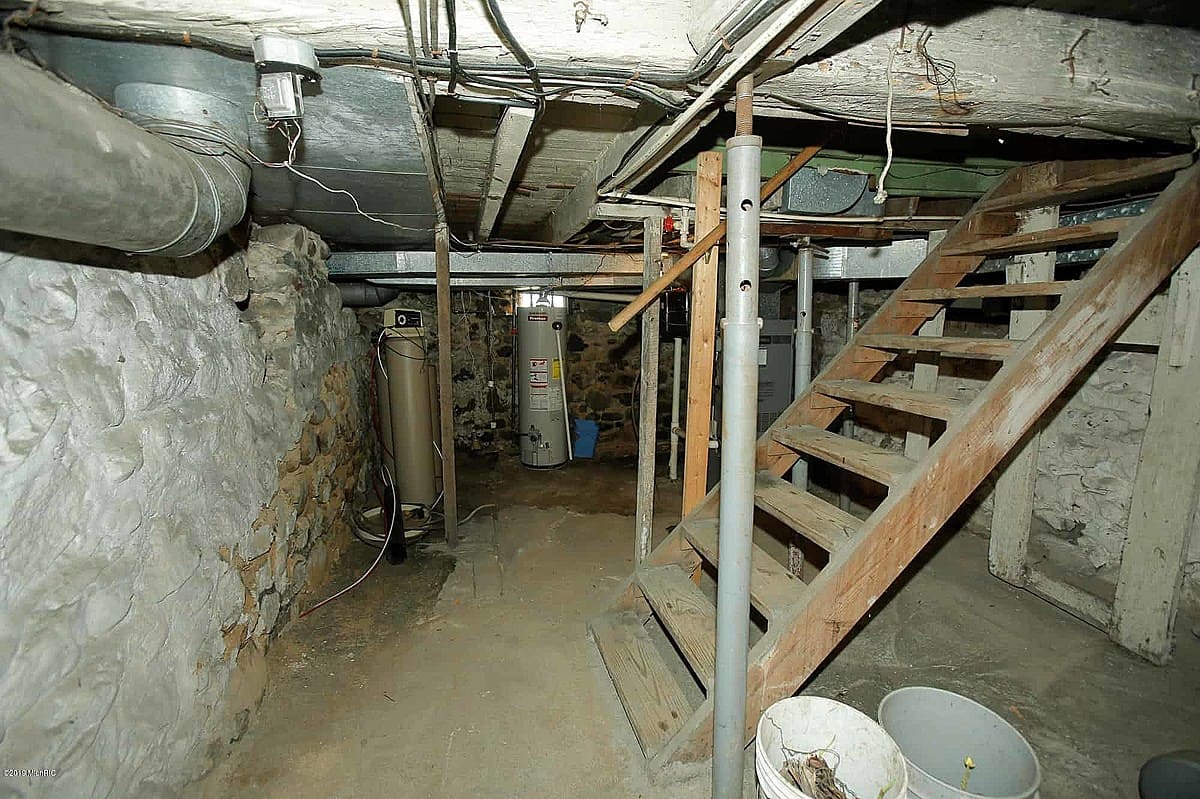
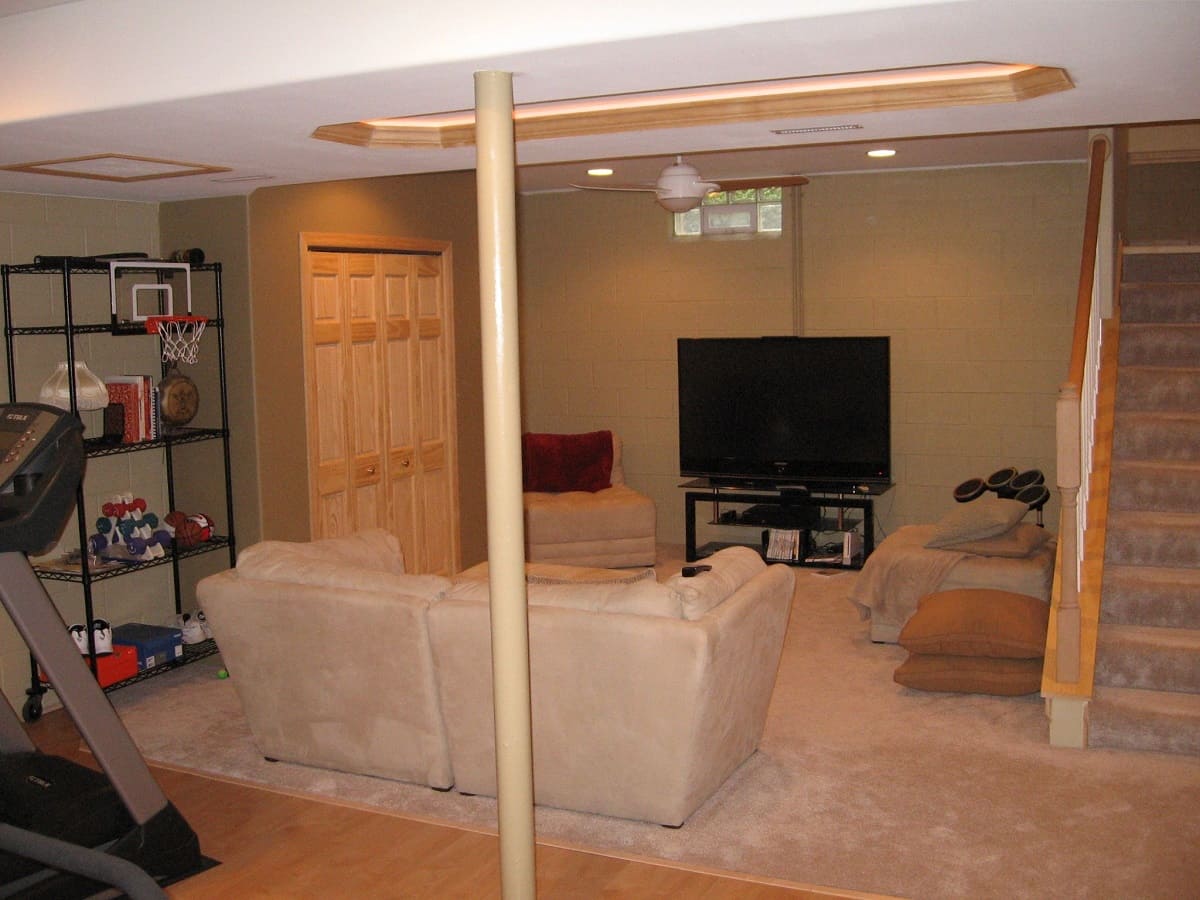
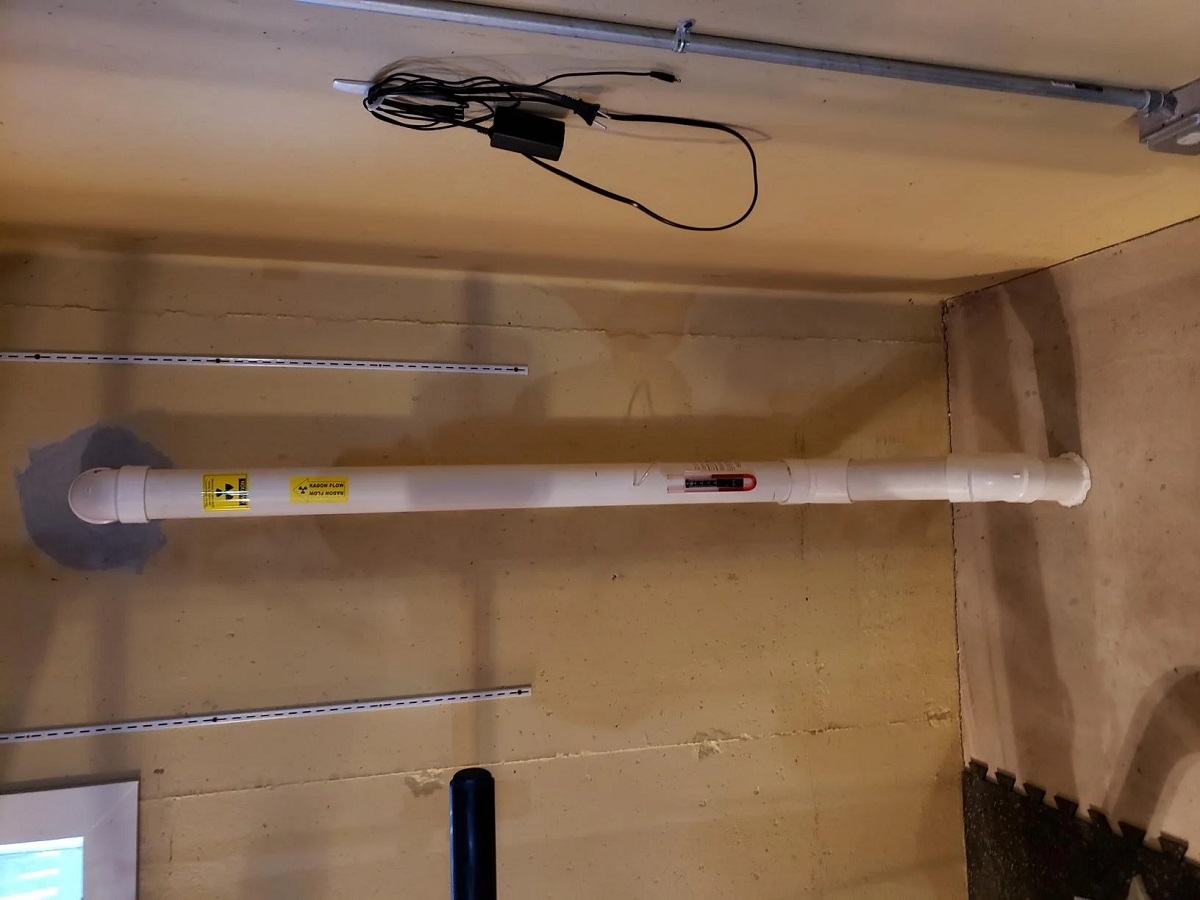
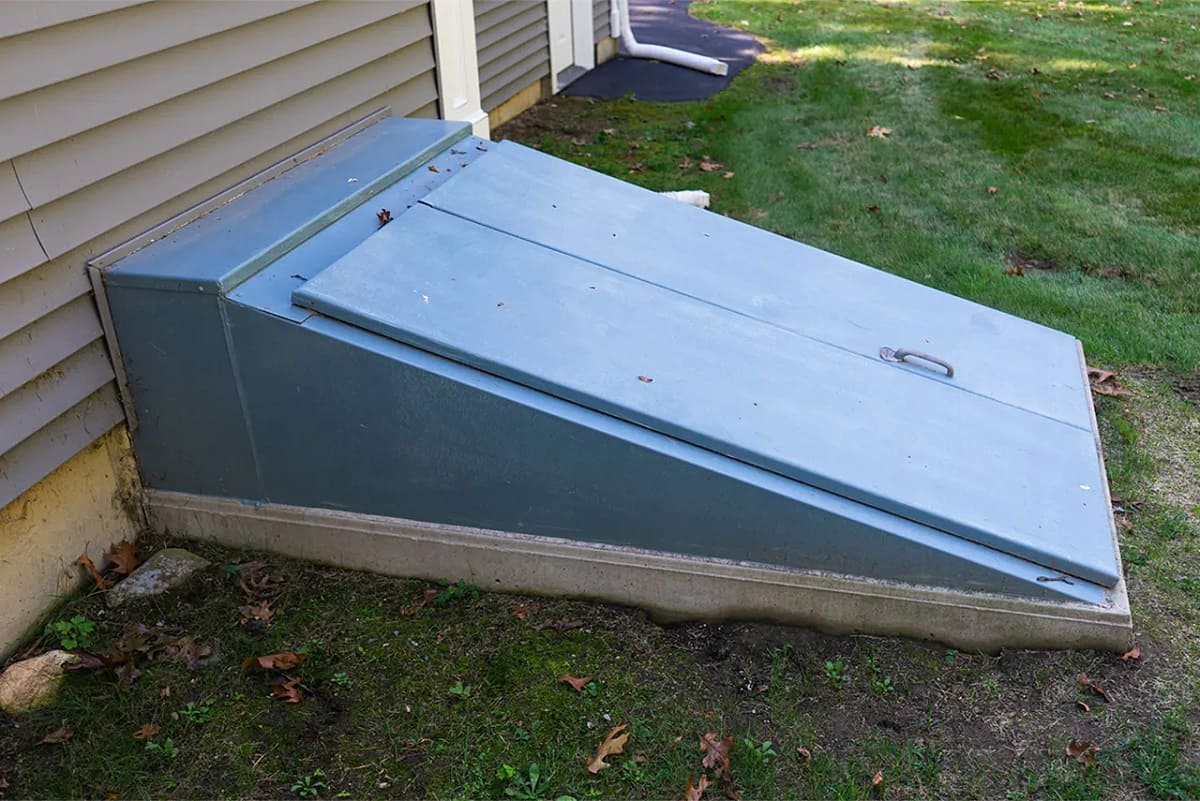
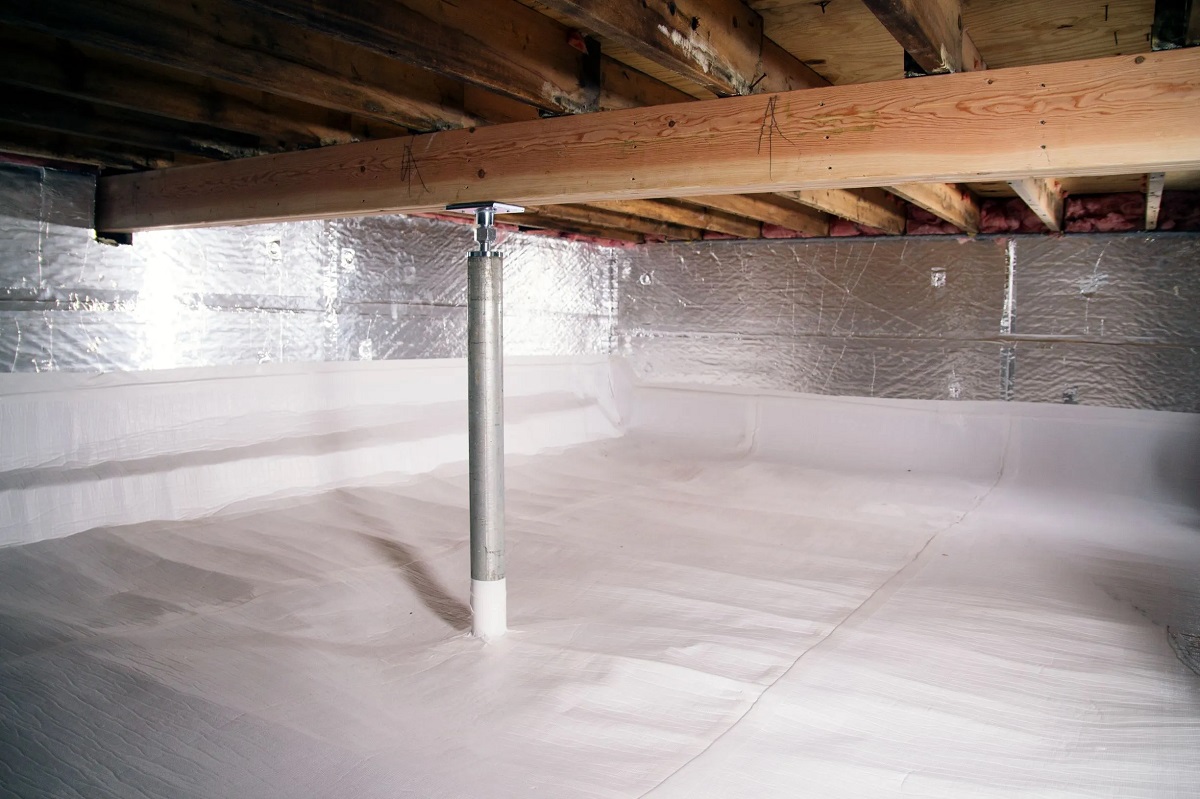
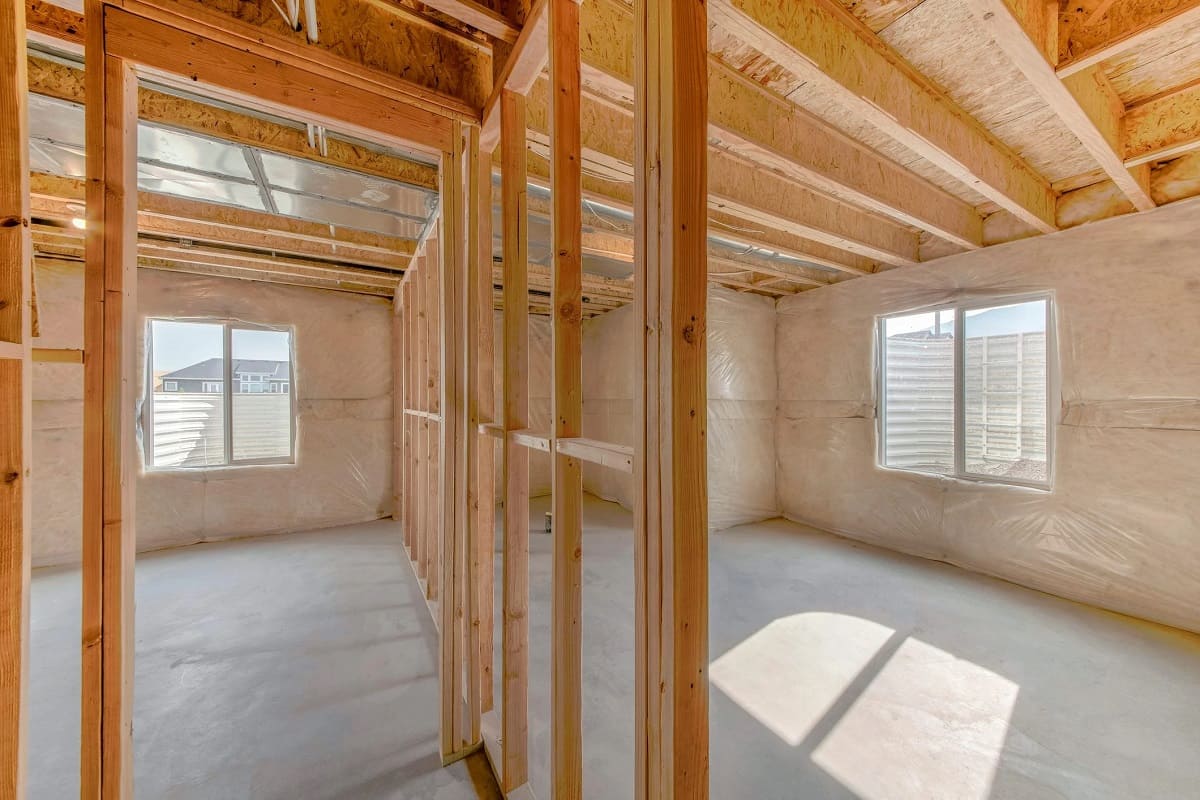
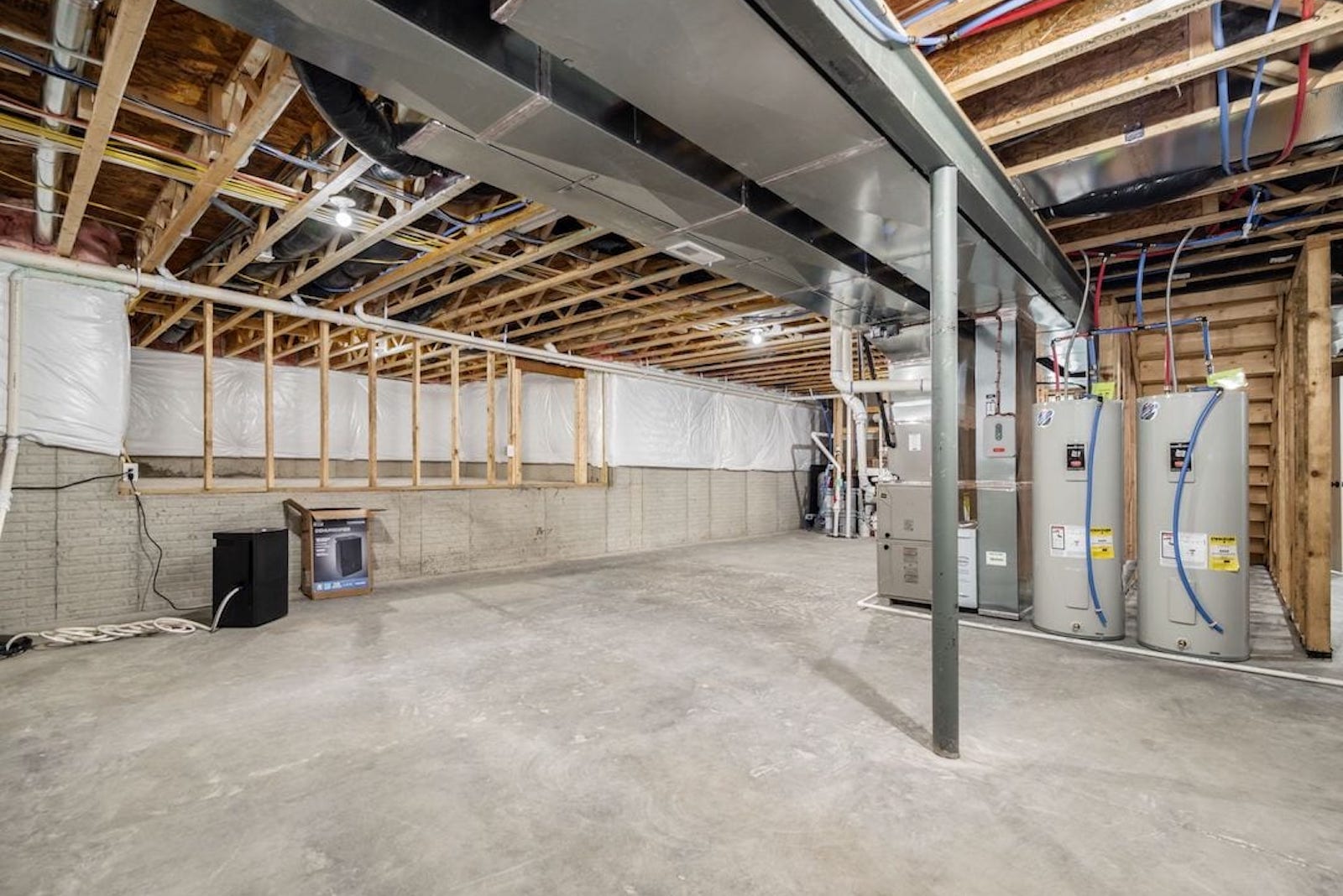
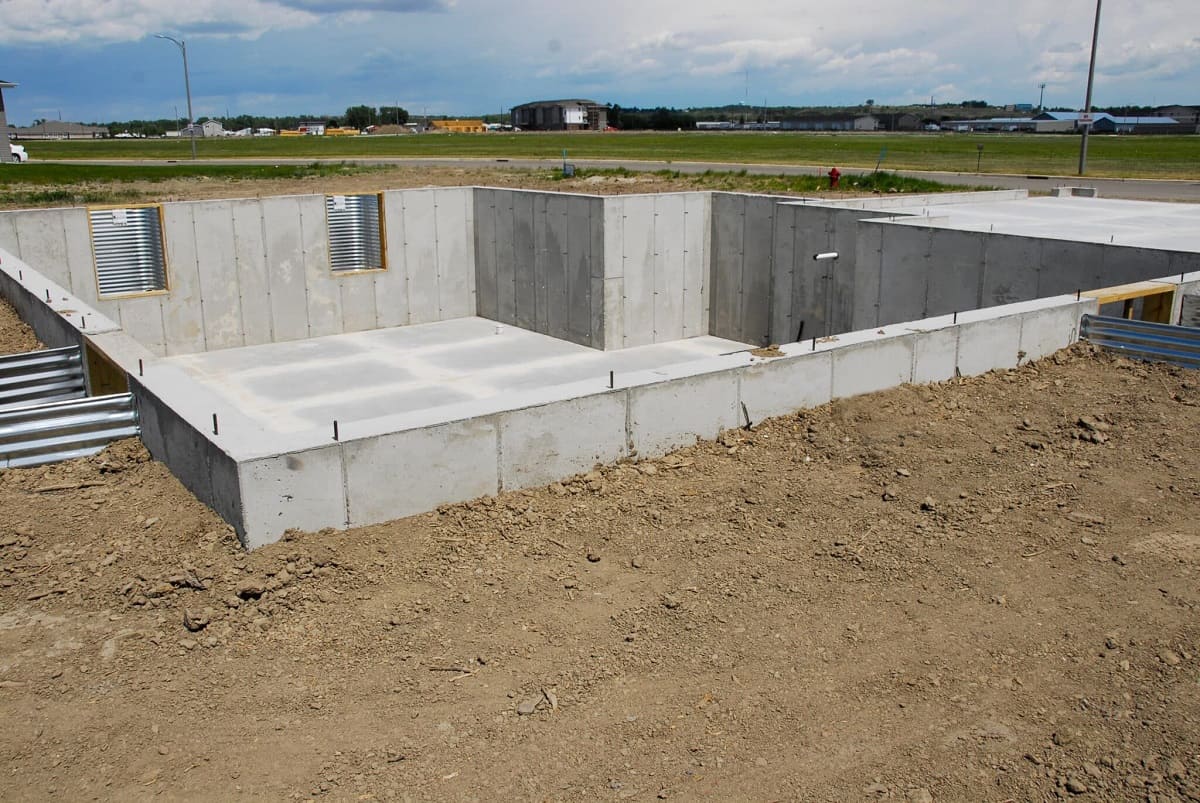
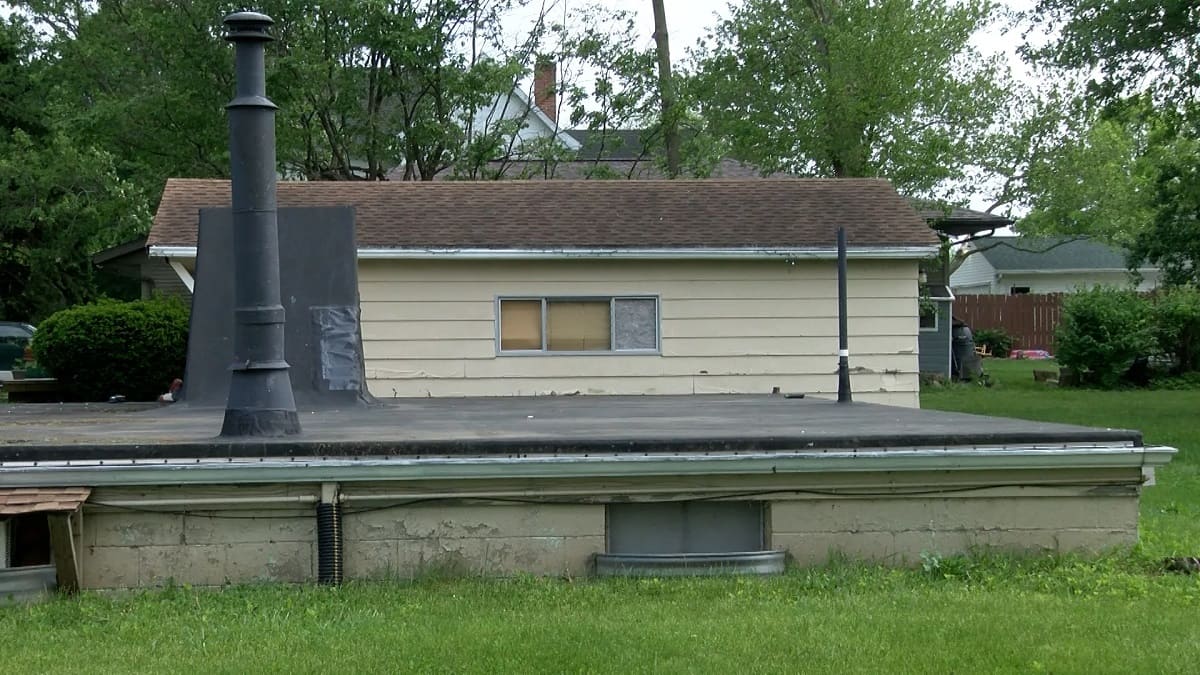
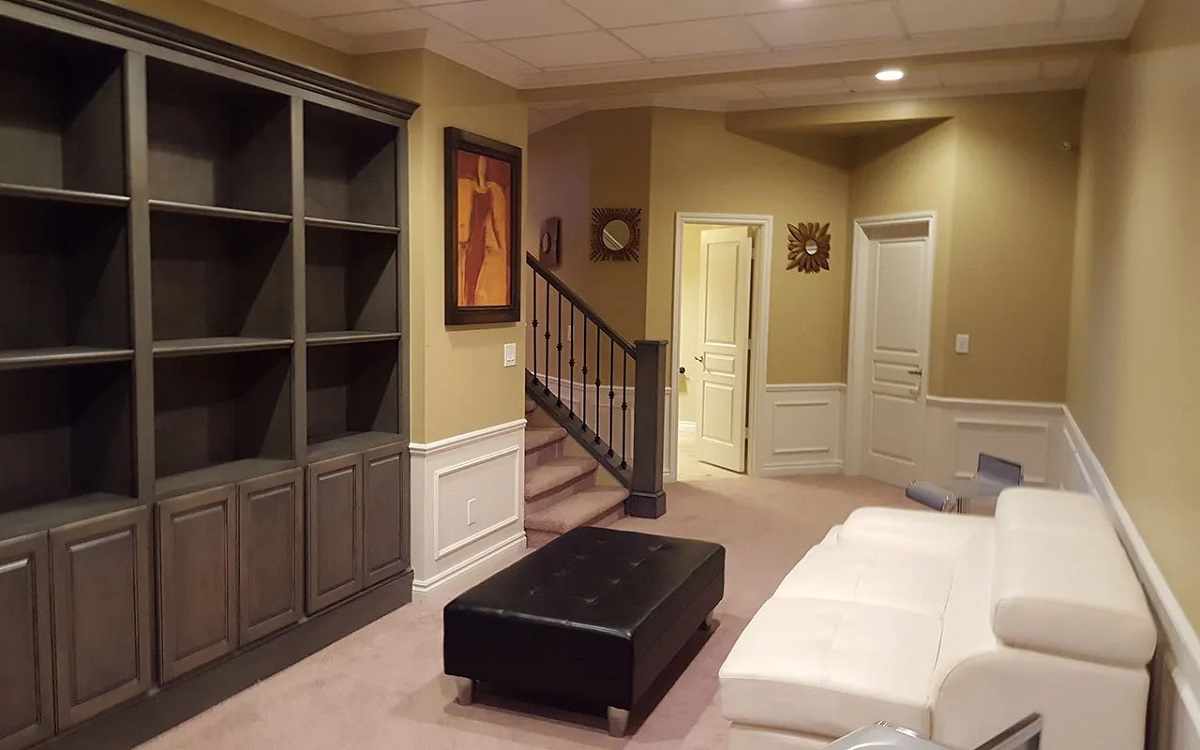
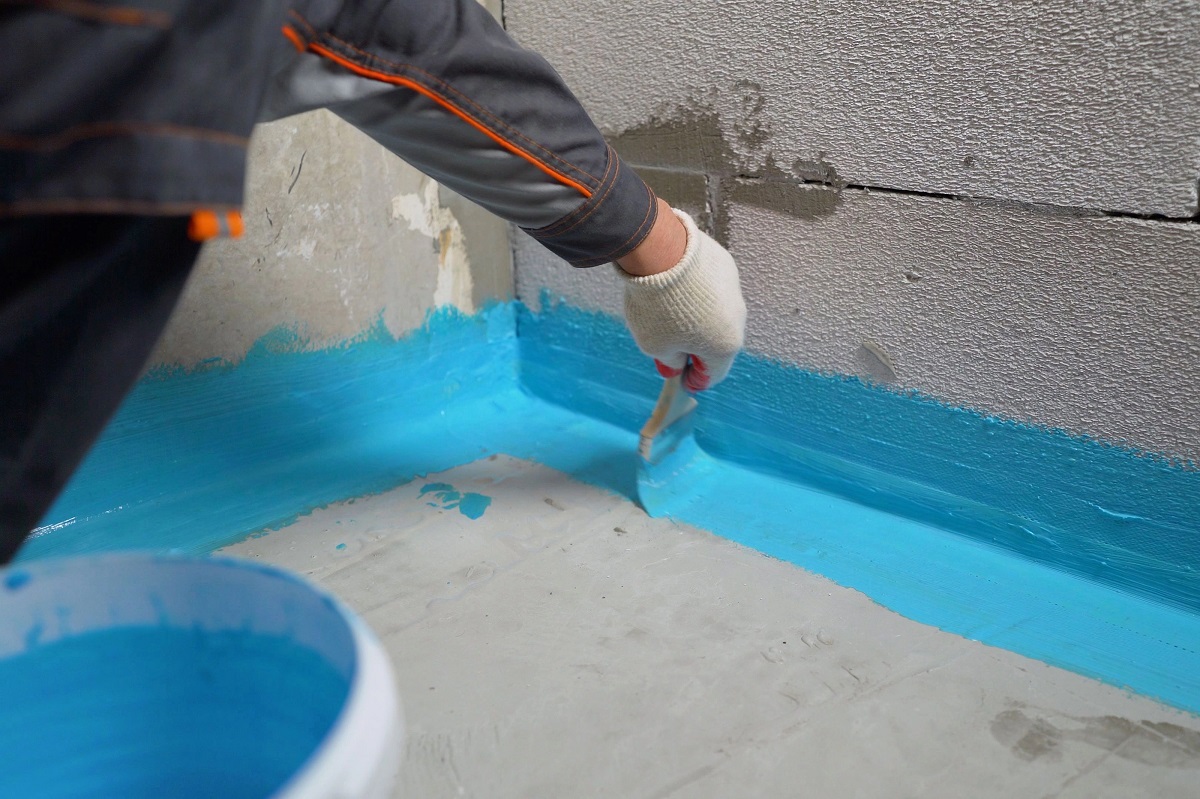


0 thoughts on “What Is An English Basement”